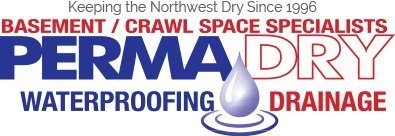Perma Dry Waterproofing Blog
Do you have water in your basement or crawl space? Is there mold or mildew affecting the air quality in your home? It's likely you need basement or crawl space drainage. Perma Dry offers a wide variety of common sense solutions to your wet basement or crawl space problems. Learn more here in our blog. When you're ready, give us a call and schedule an appointment.
Call for Inquiry
Send An Email
Get A Free Quote
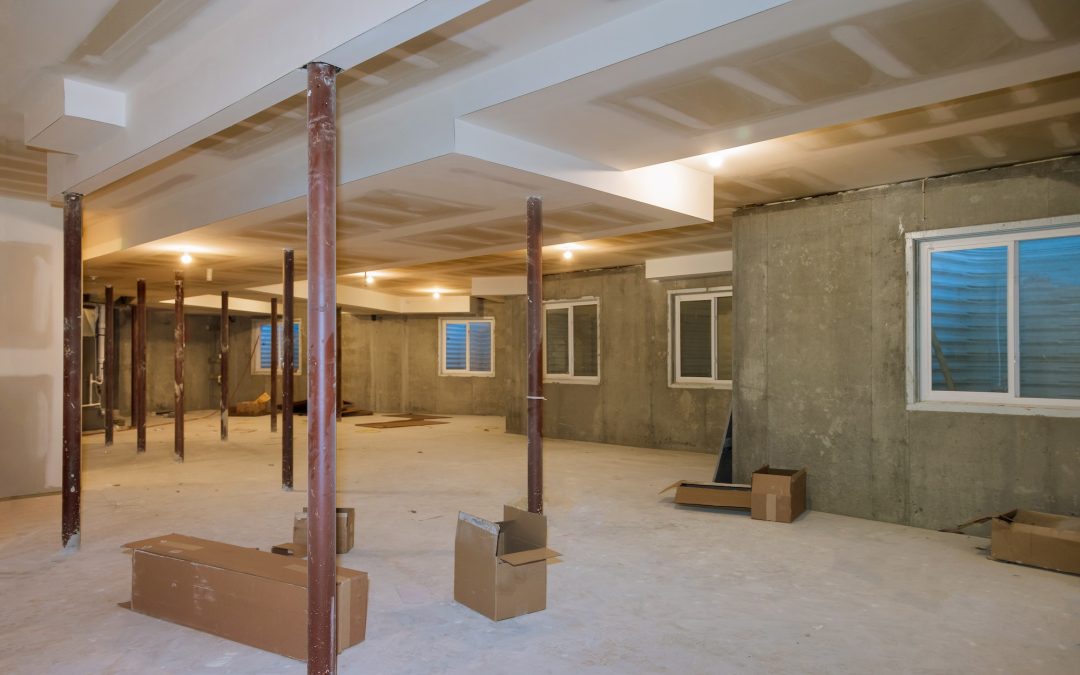
Crawl Space Waterproofing: Protecting Your Home’s Foundation from Moisture Damage
Keeping your home safe and dry is an important part of protecting your family and your investment. Crawl space waterproofing is one way to ensure that your home’s foundation is not vulnerable to potential water damage. In this blog post, we’ll discuss the importance of crawl space waterproofing, the methods available for waterproofing, how it protects your home, and the benefits of using a professional service for the job.
The Importance of Crawl Space Waterproofing
Waterproofing your crawl space is essential for preserving the structural integrity of your home’s foundation. Crawl spaces are particularly vulnerable to water damage due to their location below ground level and their tendency to accumulate moisture. If left untreated, this moisture can cause costly problems such as mold growth, weakening foundations walls and floors, and even pest infestations. By waterproofing your crawl space, you can protect it from potential water damage and keep your home safe in the long run.
Methods for Crawl Space Waterproofing
There are several different ways to waterproof a crawl space, ranging from simple DIY solutions to professional services. One common method is to install a vapor barrier on the floor of the crawl space. This will prevent moisture from seeping through the soil and into the space. Other methods include installing sump pumps or drainage systems, sealing cracks in walls or floors, using dehumidifiers or ventilation systems, and applying sealants or coatings on any exposed surfaces. Each method has its own advantages and disadvantages depending on the specific needs of your home.
How Waterproofing Protects Your Home
Waterproofing your crawl space is essential for preventing water damage that can occur over time. A properly waterproofed crawl space will act as a barrier between the soil beneath your home and any exposed surfaces within it. This will help protect against issues such as mold growth, weakened foundations walls or floors, rotting wood, and even pest infestations. It can also help reduce energy costs by keeping air conditioned air inside and hot air outside during summer months.
Benefits of Professional Services
While some DIY methods may be effective in preventing water damage in a crawl space, they may not provide as comprehensive protection as professional services. Professional services will have access to more advanced equipment and materials that may not be available to consumers, as well as trained personnel who are experienced with installing proper waterproofing systems in residential homes. These experts can identify potential problem areas in the crawl space before they become an issue and take steps to ensure that it remains dry going forward. Additionally, because these services often come with warranties, you can be sure that any work done will be covered in case of any future problems.
Investing in professional crawl space waterproofing services is an important step towards protecting your home from costly water damage over time. PermaDry Waterproofing provides comprehensive solutions for all types of crawl spaces using top-of-the-line materials and equipment backed by years of experience in the field. To learn more about our services or get started on protecting your home’s foundation today, visit PermaDry Waterproofing.
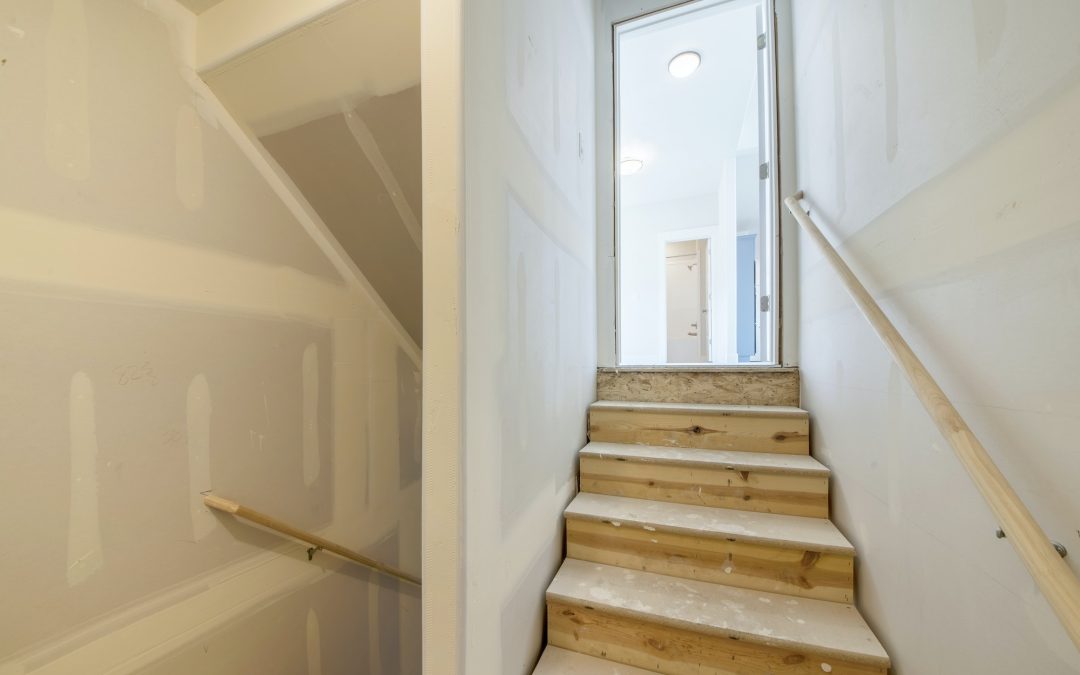
The Effects of Poor Drainage on Your Home’s Foundation
Poor drainage can be a major problem for homeowners. When left unchecked, it can lead to serious issues with your foundation and other parts of your home. In this article, we’ll explore the effects of poor drainage on your home’s foundation and provide some tips for avoiding such damage.
What Causes Poor Drainage?
Poor drainage can be caused by a variety of factors. Some of the most common causes include blocked gutters, improper grading, and inadequate drainage systems. Blocked gutters can cause water to overflow, leading to pooling water around your home’s foundation. Improper grading can cause water to pool around your foundation, increasing the risk of water seeping into the basement. Inadequate drainage systems can also lead to water pooling around the foundation and seeping in through cracks or other openings in the foundation.
In addition to these factors, weather conditions can also contribute to poor drainage. Heavy rain, snow, and ice can all lead to water pooling around your foundation and seeping into your basement. It’s important to be aware of these risks and take steps to prevent them.
The Effects of Poor Drainage
Poor drainage can have a major impact on your home’s foundation. When water pools around the foundation, it can cause the soil to erode and the foundation to sink. This can lead to cracks in the foundation walls and eventually cause the foundation to collapse. In addition, water seeping into the basement can cause mold and mildew to grow, leading to health issues for those living in the home.
Water pooling around the foundation can also cause damage to the landscaping around it. Over time, this can lead to an unsightly appearance and costly repairs. Finally, standing water can attract unwanted pests, such as mosquitoes, which can be a nuisance and a health hazard.
How to Avoid Poor Drainage
Fortunately, there are steps you can take to avoid the problems associated with poor drainage. The first step is to make sure your gutters are clean and clear of debris. This will help ensure that water is flowing freely away from your home’s foundation. You should also make sure that your landscaping is graded properly, so that water is directed away from the foundation.
In addition, you should consider installing a drainage system. This system can help redirect water away from your foundation and can be relatively inexpensive to install. Finally, you should be aware of the weather conditions and take steps to prevent water from pooling around your foundation.
The Importance of Proper Drainage
It’s important to take the necessary steps to prevent poor drainage around your home’s foundation. Doing so will help protect your foundation from damage and ensure that your home remains safe and structurally sound. In addition, it will help to keep your landscaping looking its best and help avoid costly repairs in the future.
For more information on ways to maintain proper drainage around your home, contact the experts at PermaDry Waterproofing today. They will be able to provide you with the advice and services you need to keep your foundation safe and dry.
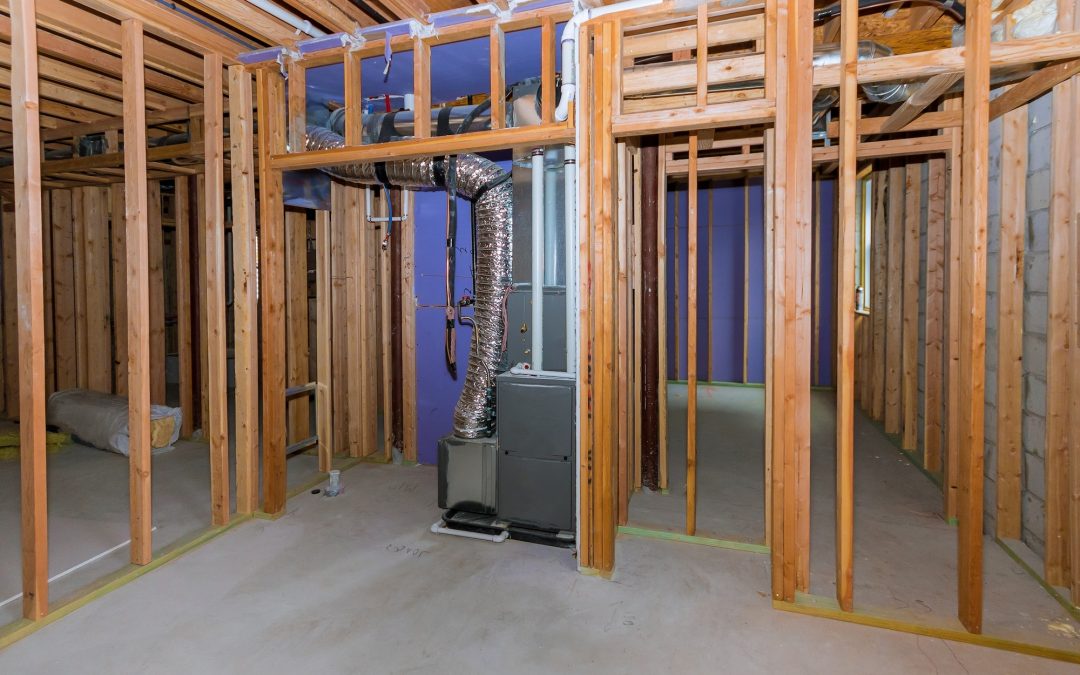
Exploring Interior Basement Waterproofing Solutions
Waterproofing the interior of your basement is a great way to protect your home and its contents from water damage. However, it can be difficult to decide which waterproofing solution is best for your particular situation. In this blog post, we’ll explore some of the most popular interior basement waterproofing solutions so you can make an informed decision.
Interior Drainage Systems
One of the most popular ways to waterproof your basement is to install an interior drainage system. This type of system is designed to capture water that seeps in from cracks in the walls and floors and channel it into a sump pump or drain. The sump pump or drain then carries the water away from your home. Interior drainage systems are usually very effective, but they require regular maintenance and can be costly to install.
Sump Pump Systems
Another popular waterproofing solution is a sump pump system. This type of system uses a pump to collect water from the perimeter of the basement and then evacuate it away from the home. Sump pumps are typically very effective, but they require regular maintenance and can be expensive to install.
Exterior Waterproofing
Exterior waterproofing is another popular solution for protecting your basement. This type of waterproofing involves applying a waterproofing membrane to the exterior of your foundation. This membrane is designed to prevent water from seeping into the basement. Exterior waterproofing is usually very effective, but it can be costly and time-consuming to install.
Interior Waterproofing
Interior waterproofing is another option for protecting your basement. This type of waterproofing involves applying a waterproofing material to the interior of your foundation. This material is designed to stop water from seeping into the basement. Interior waterproofing is usually very effective, but it can be costly and time-consuming to install.
In conclusion, there are a variety of interior basement waterproofing solutions available. Each option has its own benefits and drawbacks, so it’s important to carefully consider your particular situation before making your decision. If you’d like to learn more about interior basement waterproofing solutions, consider contacting PermaDry Waterproofing for a free consultation. They’ll be able to provide you with more information and help you decide which waterproofing solution is best for your home.

Basement Waterproofing for Finished Basements: Essential Considerations
Basement waterproofing is an important consideration for any finished basement. Whether you’re using the space for storage, a playroom for your kids, or a home theater, waterproofing can help protect your investment and ensure your basement is a safe, comfortable space. But with so many different basement waterproofing products and methods available, it can be difficult to know where to start. In this article, we’ll look at some of the essential considerations for basement waterproofing in finished basements.
Understand the Sources of Water
Before you can begin waterproofing your basement, it’s important to understand the sources of water that could be entering your basement. The most common sources of water are:
- Ground water from the surrounding soil
- Rainwater from outside your home
- Humidity from inside your home
Ground water is the most common source of water in most basements, so it’s important to identify and address the source of the water. If you’re unsure, it’s best to consult with a professional waterproofing contractor to identify the source and find the best solution.
Choose the Right Waterproofing Method
Once you’ve identified the source of the water, the next step is to choose the right waterproofing method. There are several waterproofing methods available, including:
- Interior waterproofing
- Exterior waterproofing
- Dehumidification systems
- Sump pumps
Each of these methods has its own advantages and disadvantages, so it’s important to do your research and choose the right method for your situation. Consider factors like the severity of the water problem, the cost of the system, and the ease of maintenance.
Hire a Professional Contractor
Once you’ve chosen the right waterproofing method, it’s important to hire a professional contractor to ensure the job is done correctly. Professional basement waterproofing contractors have the experience and knowledge to get the job done right the first time. They can also recommend the best materials and methods for your situation, so you can be sure your basement is properly waterproofed.
Prepare for the Installation
Before you begin the installation, it’s important to prepare your basement for the work. This includes:
- Removing any furniture and other items from the basement
- Covering floors and walls with plastic sheeting
- Removing any insulation or other materials that could be damaged
- Removing any existing waterproofing materials
Preparing the basement for the installation will help ensure the job is done correctly and the basement is properly waterproofed.
Maintain the System
Once the waterproofing system has been installed, it’s important to maintain it properly. This includes regularly inspecting and testing the system, checking for signs of leaks, and making any necessary repairs. Regular maintenance will help ensure your basement is properly waterproofed and will help extend the life of the system.
Basement waterproofing is an important consideration for any finished basement. With the right waterproofing system and proper maintenance, you can help protect your investment and ensure your basement is a safe, comfortable space. For more information on basement waterproofing, be sure to contact a professional waterproofing contractor today.
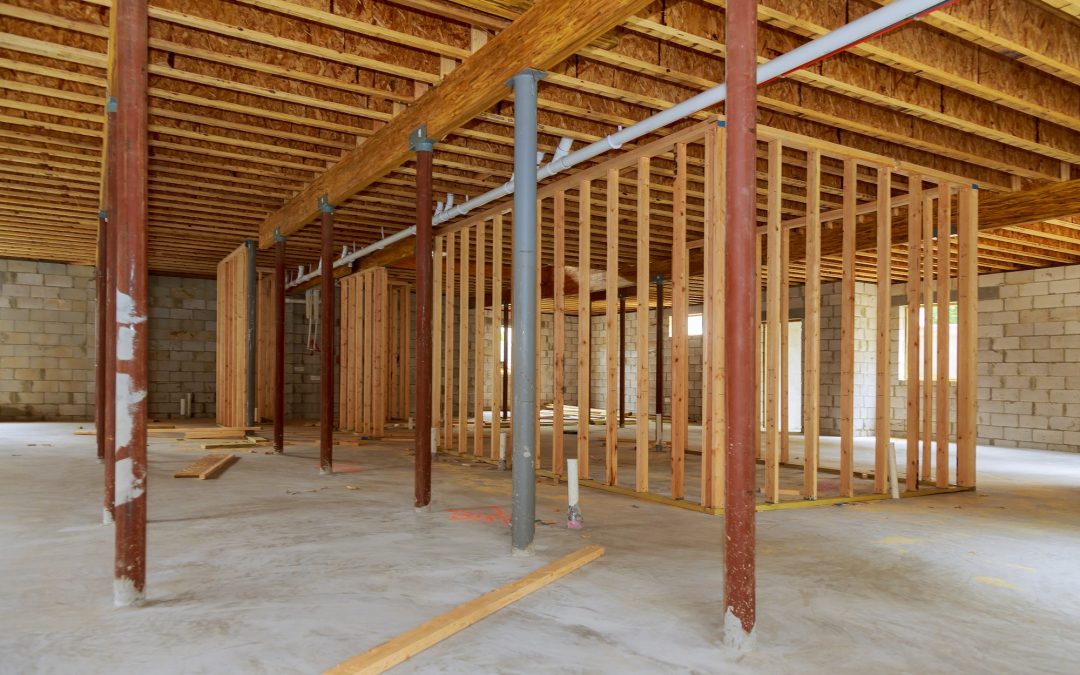
How to Choose the Right Basement Drainage System for Your Home
Sorry, there was an error generating the content. Please try again later.
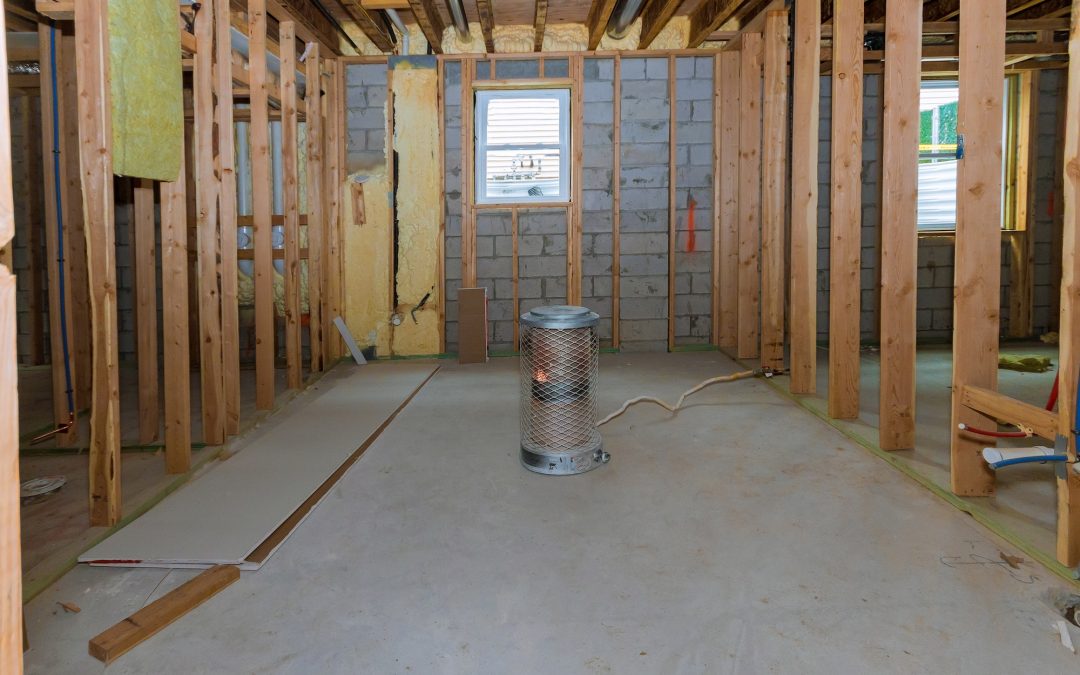
The Long-Term Costs of Ignoring Basement Water Problems: A Wake-Up Call for Homeowners
Basement water problems can cause a lot of damage to your home and wallet if not taken care of in a timely manner. Many homeowners don’t realize the long-term costs associated with ignoring basement water issues, which is why it’s important to be aware of the potential risks. In this article, we will discuss the wake-up call for homeowners who are neglecting their basement water problems and the consequences of doing so.
Signs of Basement Water Problems
One of the most common signs that you may have a basement water issue is water seeping through the walls or floor. This could be caused by a number of things, such as cracks in the foundation, broken pipes, or faulty drainage systems. Other signs include mildew or mold growth on the walls or floors, musty odors, or standing water in the basement.
If you notice any of these signs, it’s important to contact a professional right away to assess the situation and determine what steps need to be taken to repair the issue. Ignoring these signs can lead to further damage and more costly repairs down the line.
Costs of Neglecting Basement Water Problems
Neglecting your basement water problems can be incredibly costly in both time and money. When left untreated, small problems can quickly turn into major issues that require extensive repairs. Some of these costs may include:
- Structural damage
- Mold growth
- Insect infestation
- Health risks
These are just some of the costs associated with ignoring basement water problems. Not only do you have to pay for repairs, but you also have to deal with potential health risks that could arise from mold growth or insect infestations.
Prevention is Key
The best way to avoid costly repairs down the line is to take preventive measures now. Regular maintenance and inspections can help detect any issues before they become major problems. Additionally, making sure your gutters are clean so that rainwater can flow away from your house is also important. If you notice any signs of water seepage or other issues, it’s important to contact a professional right away.
PermaDry Waterproofing, for example, specializes in basement waterproofing services and offers free estimates for homeowners who are looking for solutions to their basement water problems.
Conclusion
Basement water problems can cause a lot of damage if not taken care of in a timely manner. Homeowners should be aware of the long-term costs associated with ignoring these issues and take preventive measures before they become major problems. Regular maintenance and inspections are key to avoiding costly repairs down the line. If you suspect you have an issue with your basement, contact an expert now for an assessment and free estimate.
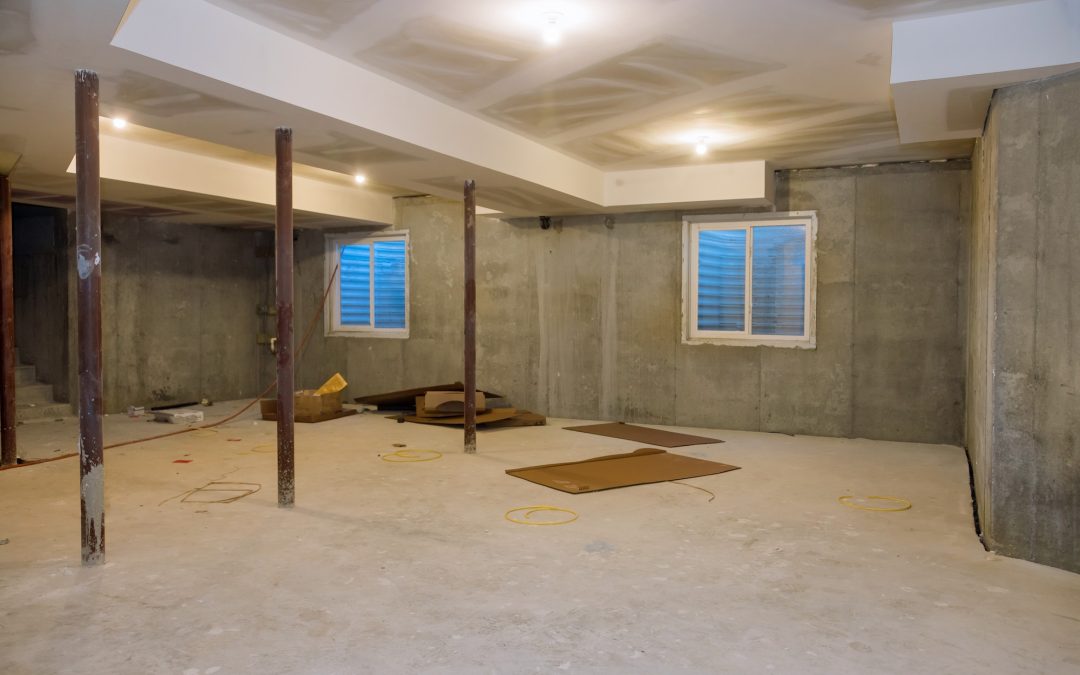
Waterproofing Your Basement on a Budget: Tips and Tricks
Basements are an extremely useful space in any home. They can provide extra storage, a place to hang out, or even an additional living area. But, in order to use this space fully, you need to make sure it is waterproof. Waterproofing your basement doesn’t need to be expensive or time-consuming. Here are some tips and tricks for waterproofing your basement on a budget.
Check for Leaks
Before you start waterproofing your basement, you need to make sure there are no existing leaks or water damage. Look for signs of water damage such as mold, mildew, discolored or sagging drywall, or damp patches on the walls or floors. You can also check for leaks by looking for cracks in the walls or floor. These cracks can be sealed using a waterproofing sealant.
You may also want to invest in a moisture meter. This device helps detect the presence of moisture in the walls and floors. If you find that your basement is already leaking, you may need to hire a professional to repair the leak before you start waterproofing. This could save you from costly repairs in the future.
Clean the Walls and Floors
Once you’ve checked for leaks, you need to make sure the walls and floors are clean. You can use a detergent-based cleaner to remove dirt and grime. Make sure you scrub the walls and floors thoroughly to get rid of any dirt or mold that may be present. After you’ve cleaned the walls and floors, you should let them dry completely before you start waterproofing.
Seal the Walls and Floors
Sealing the walls and floors is one of the most important steps in waterproofing your basement. You can use a waterproofing sealant to seal any cracks or gaps in the walls and floors. You can also use a waterproof paint to seal the walls and floors. This will help prevent water from getting into your basement.
If you’re sealing the walls and floors with paint, make sure you use a product that is specifically designed for basement waterproofing. You should also apply several coats of paint to make sure the walls and floors are thoroughly sealed. Allow each coat of paint to dry completely before applying another coat.
Install a Sump Pump
A sump pump is a great way to keep your basement dry. It collects water from the surrounding area and pumps it away from your home. You can install a sump pump yourself or you can hire a professional to do it for you. Make sure you choose a sump pump that is powerful enough to handle the amount of water in your area.
You should also make sure you maintain your sump pump regularly. You should check the pump regularly and make sure it is in good working condition. You should also change the water in the pump regularly and check for any signs of wear and tear.
Add Drainage Tile
If your basement has a lot of moisture, you may want to consider adding drainage tile. Drainage tile is a type of tile that helps to channel water away from your home. You can install the tile yourself or you can hire a professional to do it for you. Make sure you choose a tile that is specifically designed for waterproofing.
Adding drainage tile to your basement can help keep it dry and free of moisture. It is also important to make sure the tile is properly installed. If the tile is not installed correctly, it could lead to water seeping into your basement. Make sure you hire a professional to install the tile if you are not sure how to do it yourself.
Waterproofing your basement doesn’t need to be expensive or time-consuming. With these tips and tricks, you can waterproof your basement on a budget and keep it dry for years to come. For more information, check out Perma-Dry Waterproofing for professional waterproofing services.
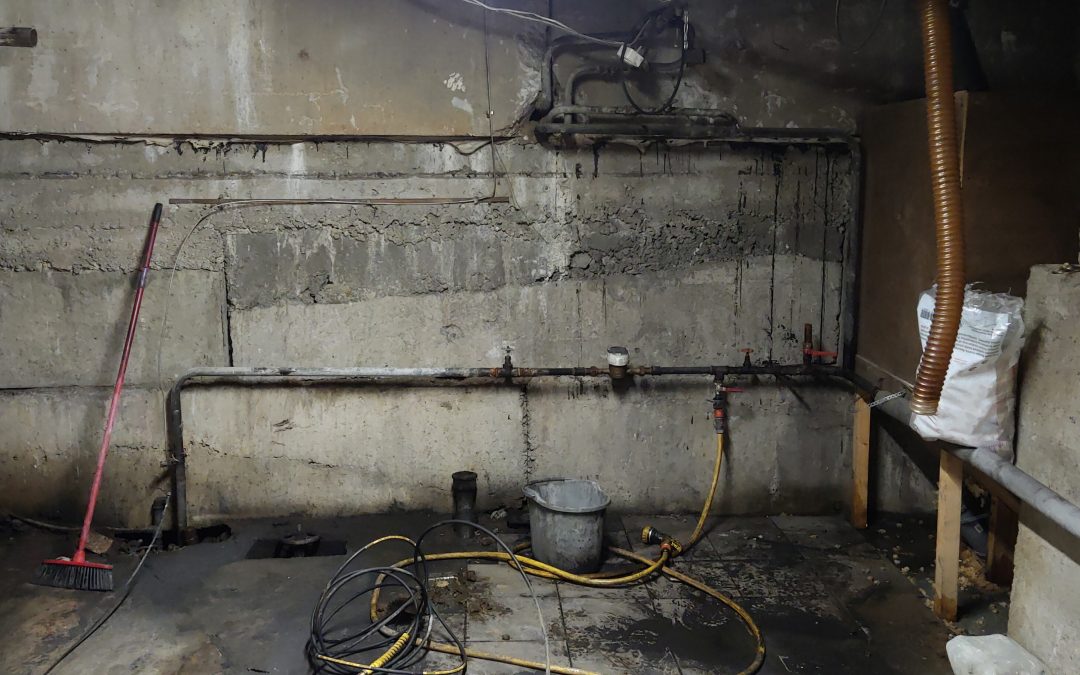
Benefits of Investing in Basement Waterproofing Services
Investing in basement waterproofing services can provide numerous benefits for homeowners, including increased living space, improved home value, and protection against water damage and mold growth. In this article, we will explore the various benefits of investing in basement waterproofing services and why it is a smart decision for homeowners.
Increased Living Space and Storage
A dry, leak-free basement can be transformed into additional living space and storage, providing homeowners with more space for their family to enjoy. With a properly waterproofed basement, homeowners can comfortably use the space for a variety of purposes, such as a home office, playroom, or extra bedroom.
Improved Home Value and Curb Appeal
Investing in basement waterproofing services can also improve the overall value and curb appeal of a home. A dry, leak-free basement can increase the resale value of a property, making it a smart investment for homeowners. Additionally, a properly waterproofed basement can improve the appearance of a home and increase its overall appeal to potential buyers.
Protection Against Water Damage and Mold Growth
One of the most important benefits of investing in basement waterproofing services is protection against water damage and mold growth. Water damage can cause structural damage to a home, leading to costly repairs, while mold growth can pose a serious health risk to homeowners and their families. With proper basement waterproofing, homeowners can prevent these issues and ensure the safety and health of their families.
Peace of Mind and a Safer Living Environment
Investing in basement waterproofing services can also provide homeowners with peace of mind and a safer living environment. By ensuring that their basement is free of leaks and water damage, homeowners can rest easy knowing that their home and family are protected.
Investing in basement waterproofing services is a smart decision for homeowners, providing numerous benefits such as increased living space, improved home value and curb appeal, protection against water damage and mold growth, and peace of mind. If you suspect an issue with your basement waterproofing system, it is important to take action immediately and consult with a professional contractor for an accurate assessment and recommended course of action.
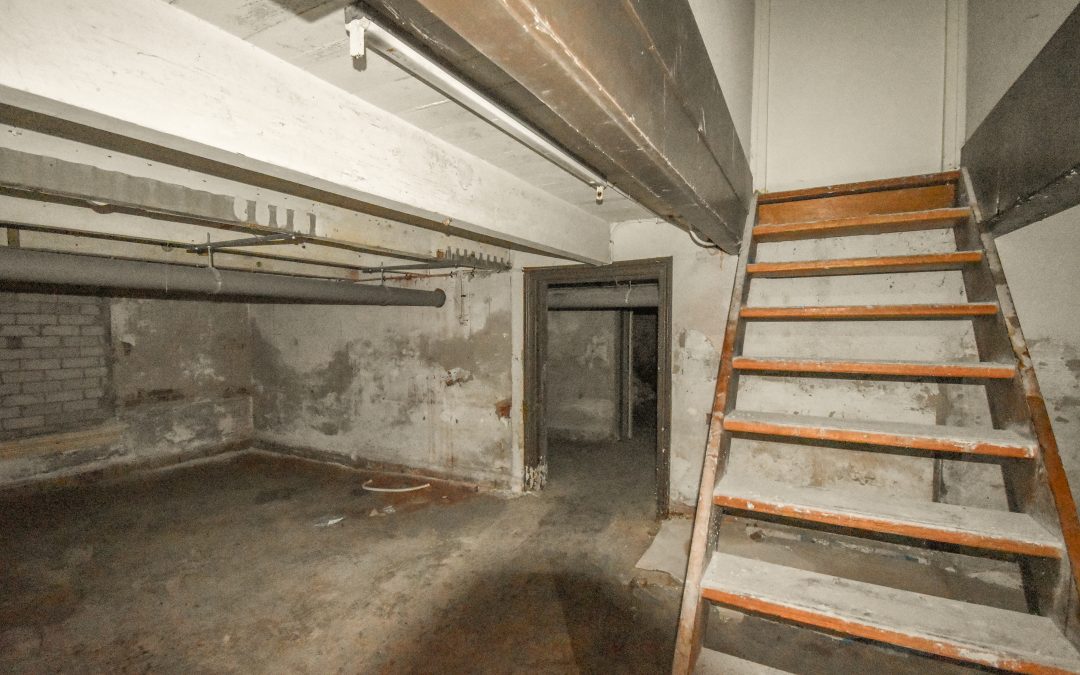
How to Identify and Resolve Basement Waterproofing Issues
Your basement is a critical component of your home and, when properly maintained, can provide additional living space, storage, and even increase the value of your property. However, basement waterproofing is a complex issue that requires a thorough understanding of the causes, symptoms, and solutions. This article will guide you through the process of identifying and resolving basement waterproofing issues.
Identifying Basement Waterproofing Issues
The first step in resolving basement waterproofing issues is to identify the problem. There are several symptoms that indicate a problem with your basement waterproofing system, including:
- Water stains on the walls or floor
- Musty odors
- Mold or mildew growth
- Peeling paint or wallpaper
- Cracks in the foundation or walls
If you notice any of these symptoms, it is important to take action immediately to prevent further damage and health risks.
Causes of Basement Waterproofing Issues
There are several factors that can contribute to basement waterproofing issues, including:
- Poorly designed or installed waterproofing systems
- Improper grading or landscaping around the home
- Cracks or leaks in the foundation or walls
- Clogged gutters or downspouts
- High water table or heavy rainfall
It is important to understand the cause of the issue in order to properly resolve the problem and prevent future issues from occurring.
Resolving Basement Waterproofing Issues
There are several steps that can be taken to resolve basement waterproofing issues, including:
- Repairing cracks or leaks in the foundation or walls
- Installing a sump pump to remove excess water
- Installing a waterproofing membrane or system
- Improving grading or landscaping around the home
- Cleaning gutters and downspouts regularly
The solution will depend on the specific cause of the issue, so it is important to consult with a professional contractor for an accurate assessment and recommended course of action.
Benefits of Proper Basement Waterproofing
Properly maintaining and resolving basement waterproofing issues can provide numerous benefits, including:
- Increased living space and storage
- Improved home value and curb appeal
- Protection against water damage and mold growth
- Peace of mind and a safer living environment
Investing in proper basement waterproofing is a smart decision that will provide long-term benefits for you and your family.
Basement waterproofing is a complex issue that requires a thorough understanding of the causes, symptoms, and solutions. By identifying and resolving waterproofing issues, you can protect your home, increase living space and storage, and improve the value of your property. If you suspect a problem with your basement waterproofing system, it is important to take action immediately and consult with a professional contractor for an accurate assessment and recommended course of action.

Repairing Leaking Basement Windows: Tips and Techniques
Leaking basement windows can be a major problem. Not only do they allow water into your home, but the moisture can lead to mold and mildew growth, which can pose serious health risks. Fortunately, there are a few tips and techniques that can help you repair your leaking basement windows and keep your home dry and safe.
Identifying the Source of the Leak
The first step in repairing any leaking basement window is to identify the source of the leak. It could be a crack in the window frame, a gap between the window and the wall, or even a loose seal or caulk. To find the cause of the leak, look for any signs of water damage or discoloration around the window. Then, use a flashlight to inspect the window frame and seal for any damage.
If you don’t see any visible damage, you may need to use a water test. Fill a spray bottle with water and spray the area around the window. If you see any moisture coming through, you’ll know where the leak is coming from.
Repairing Window Frames
If the leak is coming from the window frame, you’ll need to replace the frame. Start by removing the old window frame and installing a new one. Make sure to use waterproof sealant around the edges of the frame to create a tight seal.
Once the frame is installed, you’ll need to caulk around the edges of the window. This will help keep out moisture and prevent future leaks. Use a high-quality exterior caulk and apply it in a thin layer along the edges of the window frame.
Repairing Window Seals and Caulk
If the leak is coming from a loose seal or caulk, simply replace the seal or caulk. Start by removing the old seal or caulk and cleaning the area with a damp cloth. Then, apply a new seal or caulk around the edges of the window. Use a high-quality exterior caulk and apply it in a thin layer.
You may also need to apply a clear sealant over the caulk to make sure it is waterproof. This will help protect the caulk from the elements and keep your window watertight.
Preventing Future Leaks
Once you have repaired your window, you’ll need to take steps to prevent future leaks. Start by inspecting your windows annually. Make sure to check the frame, seal, and caulking for any signs of damage or wear. If you see any signs of damage, repair it immediately.
You should also install window well covers. These covers will keep leaves and debris out of your window wells and prevent water from getting in. They’ll also help protect the seal and caulk from the elements.
Taking the time to repair and protect your basement windows will help keep your home dry and safe. With the right tips and techniques, you can repair your leaking basement windows and prevent future leaks.
Get in Touch
(206) 309-5147
Contact Us
Open Hours
7:30am - 5pm Weekdays
Closed Weekends
Our Office
608 SW 12th Street
Renton, WA 98057
Email Us
